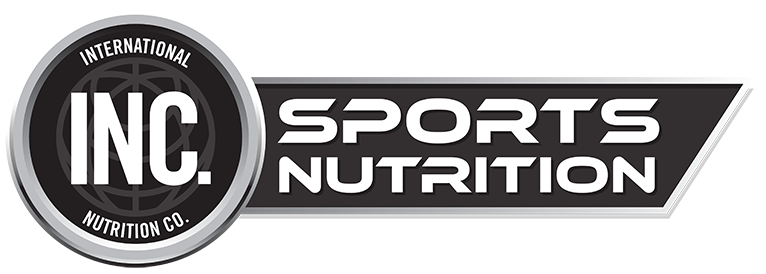From fad diets to endless exercise plans, weight loss is one of the most discussed topics in the world of health and wellness. But what if you’re one of those people who struggle to gain weight? Yes, people may look at you with envy and disbelief when you talk about wanting to put some bulk on. But if you’re underweight – or even a normal weight – and want to build up a bit, it can be just as frustrating as being overweight and trying to drop kilos. We’re going to look at a few of the reasons you might be struggling to add body mass and help with some strategies to up that number on the scales.
Every ‘body’ is different
That’s right. Everybody and every ‘body’ is different and your build depends largely on genetic factors. That’s why it can be difficult for a naturally thin person to put on weight.
It may be that you have a fast metabolism (meaning your body burns energy from food at a fast rate than the people around you) or you’re just naturally slender. For some people, underlying health conditions and certain medications and treatments can make it difficult to reach and/or maintain a healthy weight. Having an extremely physically active lifestyle or job, not eating enough, or overexercising can all also be contributing factors.
Why understanding ‘macros’ is important
Putting on kilos isn’t about having a licence to eat donuts and down sugary drinks. Gaining weight healthily can require the same hard work and diligence as losing it. The first thing to work out is whether you’re in a kilojoule deficit (ie. your energy or food intake is less than the energy you’re using). If it is, you’ll need to up your kilojoules in order to gain weight. And that means by way of healthy macronutrients or ‘macros’. The three main macros are carbohydrates, protein and fats. While kilojoules will determine the amount of weight you gain (or lose), your macro ratios will play a key role in determining the type of weight – lean tissue versus fatty tissue – which involves a bit of simple maths.
Getting your macros right
Macros provide different amounts of energy per gram. Carbs and protein contain 17 kilojoules per gram (yes, exactly the same), while fats are double that at 37 kilojoules. To gain weight and muscle mass (lightweights and hard gainers), you first need to calculate your Total Daily Energy Expenditure (TDEE), a mathematical estimate of the total amount of kilojoules you burn each day, and increase that number by 10 per cent. And then set your macro breakdown at a ratio of roughly 40 per cent carbs, 25 per cent protein and 35 per cent fat (or 4-7 grams of carbs per kilo of bodyweight, 2-2.5 grams of protein per kilo of bodyweight and 0.5-2 grams of fat per kilo of bodyweight). There are some great online calculators that can help with this.
Why is this important? Think about it. A diet of pure fats for example, with little protein or carbs, is not going to do much to support your muscle tissue. An intake of pure protein, with no fats or carbs, is going to leave you with no energy for your gym workouts. You get the idea. You need the optimal balance of all three if you’re chasing sports performance or body composition.
The power of protein
A hugely important part of that balance is protein, which forms the building blocks of your muscles (without it, those extra kilojoules you’re consuming may end up as body fat). A protein supplement that delivers high energy for trainers who have difficulty gaining and retaining muscle is INC’s Hard Gainer Mass, containing three protein sources for staged release, with high carbs to support energy-demanding training sessions.
The high kilojoule formula (we’re talking 1590 kJ’s per serve) also includes BCCA’s (Branched Chain Amino Acids) in the ideal 2:1:1 ratio to support muscle mass, along with 1.5 grams per serve of creatine to assist with strength and power gains and recovery. Best of all, it’s Informed Sports Certified – meaning that you can train knowing you’re using a product which has passed a rigorous certification process. Simply add 100 grams or three level scoops of the chocolate or vanilla flavour to 300mls of water and shake or blend until mixed or add it to food to increase the protein content. Use 60 to 90 minutes prior to exercise and within 30 minutes once you’ve finished working out.
And don’t forget to keep lifting
Adequate strength training is also vital, to ensure those extra kilojoules are going to your muscles, instead of just your fat cells. Keep up your gym visits and try to increase your weights and volume over time (with advice from your trainer where needed). If you’re completely out of shape or new to resistance exercise, consider hiring a qualified personal trainer to help you get started. Doing some cardio is also okay, to keep up your fitness and general wellbeing, but don’t overdo it or you’ll burn all thse additional kilojoules you’re eating!



